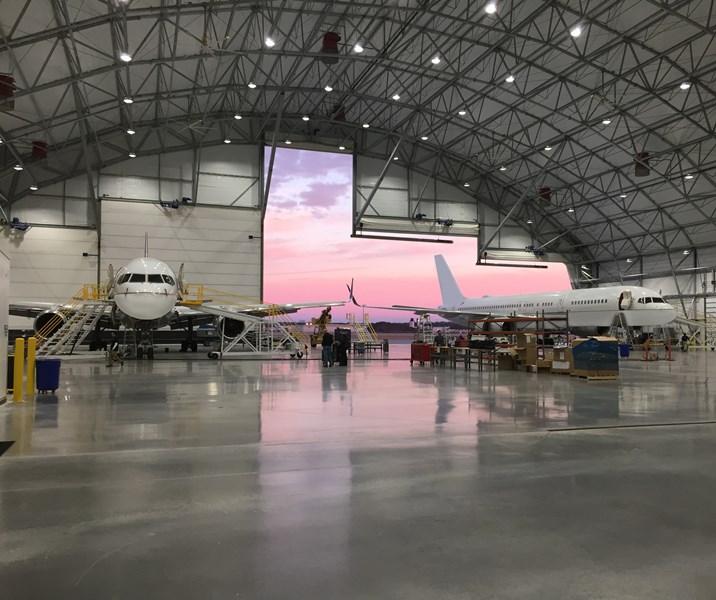
Credit: AAR Corp.
Commercial aviation sales at AAR Corp. rose 7% sequentially in the company’s most recent fiscal quarter—an encouraging sign that the aftermarket is starting to recover, particularly in the U.S. The 7% commercial increase for the three months ended Feb. 28—the company’s fiscal 2021 third quarter...
Subscription Required
This content requires a subscription to one of the Aviation Week Intelligence Network (AWIN) bundles.
Schedule a demo today to find out how you can access this content and similar content related to your area of the global aviation industry.
Already an AWIN subscriber? Login
Did you know? Aviation Week has won top honors multiple times in the Jesse H. Neal National Business Journalism Awards, the business-to-business media equivalent of the Pulitzer Prizes.

